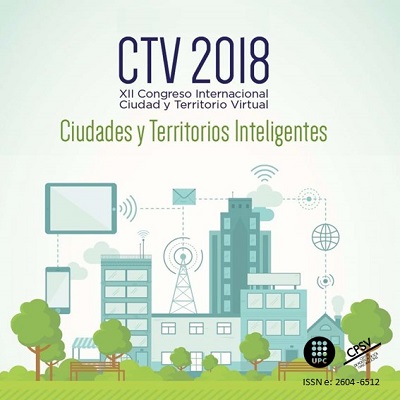Biocultural Landscape and Territory, Reflections on the Management of the Heritage of the "Agave Landscape and Ancient Istallations of Tequila
DOI:
https://doi.org/10.5821/ctv.8233Abstract
The declaration by UNESCO of the Agave Landscape and Ancient Installations of Tequila, as a world heritage, is obtained by the territorial extension of agave Tequilana Weber (variety of blue agave), showing that during four centuries it has been planted by the locals from where the tequila drink is extracted, being a living and productive landscape. It is divided into: core zone 1, with an area of approximately 34 thousand hectares, in which the territory corresponding to the Tequila Volcano (mountain, valley and ravines) and human settlements predominates. It is integrated by the municipalities of Magdalena, Tequila, Amatitán and Arenal. Within the aforementioned polygon is the core zone 2 pertaining to the delimitation of the archaeological site of Guachimontones, municipality of Teuchitlán and the third polygon or zone of Amortiguamiento with an approximate area of 51 thousand hectares, predominating the Valley and the Ravine of the Santiago River, corresponding to the municipalities of Tala, Ahualulco de Mercado, San Juanito de Escobedo and Etzatlán.
The complexity involved in implementing these cultural strategies is to keep the local population in their region, avoiding migration, resulting in the abandonment of their land. Promoting values, practices and cultural traditions, as well as the promotion of the knowledge developed around the cultivation of agave and its derivatives that results in an Exceptional and Unique Landscape in the World, hence the importance of its preservation.
Knowing that protection zones do not occur on their own, we must promote values, practices and cultural traditions, in addition to those developed around local activities. Because if you do not know how much support, but especially the appropriation of the population. Having as main challenge that people who live from their daily activities are aware of the responsibility involved in the care and evolution of this living landscape and subsequently linked to tourism and new technologies without detriment or negative impact on the landscape. This with the aim of safeguarding and preserving the cultural, material and immaterial legacy of human activity in communion with the environment, to which the inhabitants of the entity, for their meaning and value, attribute to them intellectual, scientific, technological importance, historical, natural, literary, artistic, archaeological, anthropological, paleontological, ethnological, architectural, industrial and urban, to that of each social group without transgressing it, that strategy takes on multiple meanings. Based on the fact that it transits and adapts to new technologies, as well as actions linked to the State Action Plan on Climate Change throughout the territory where it is located, where mitigation and adaptation actions are clearly applicable in order to maintain healthy endemic ecosystems, in actions to conserve the biodiversity of the territory.
























